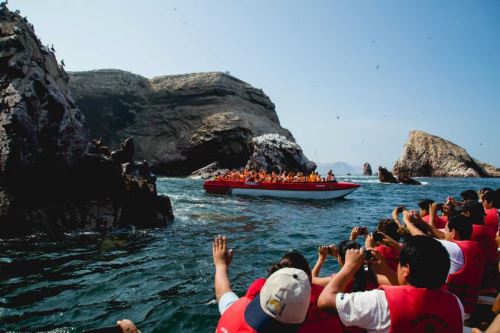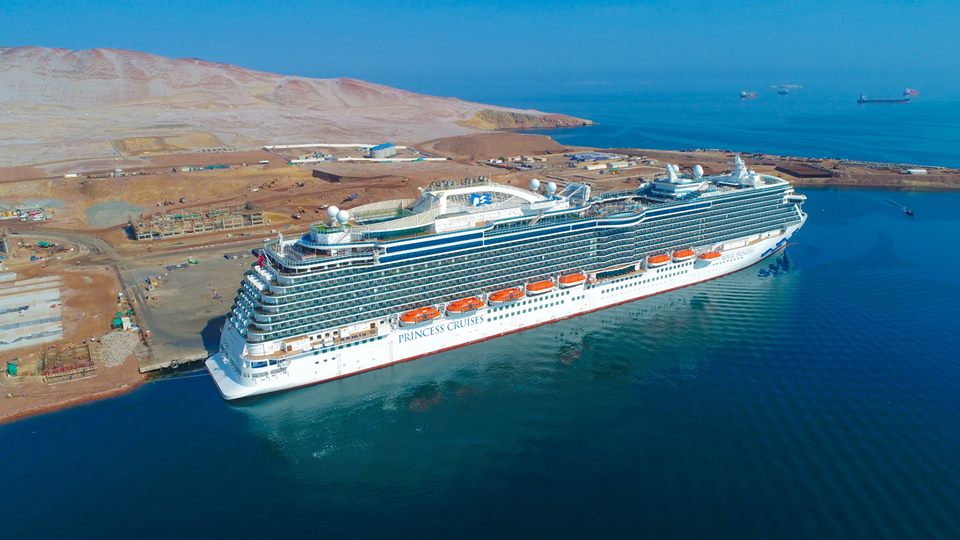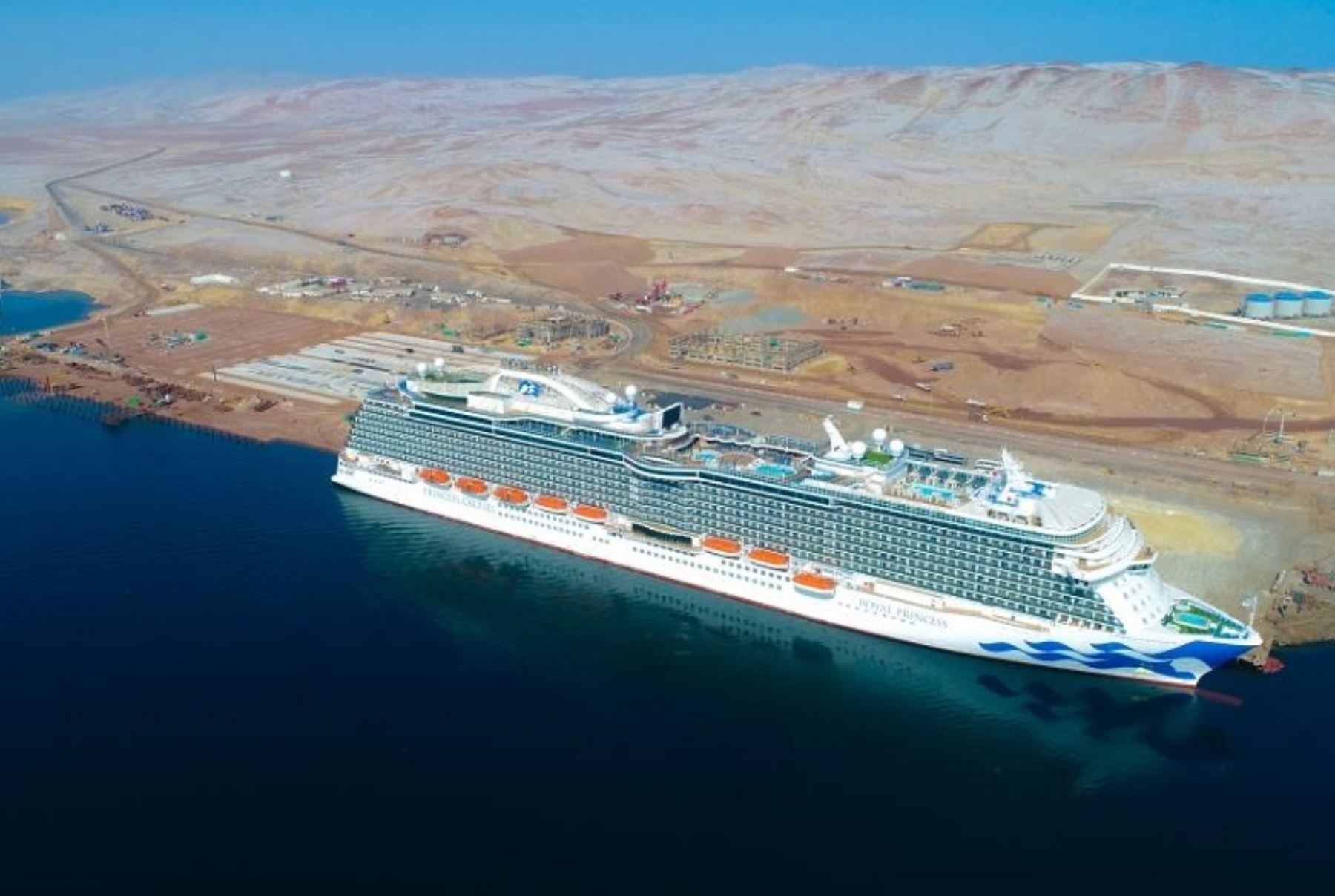Peru: Paracas welcomes biggest cruise in its history
Peru's tourist city of Paracas welcomed the Royal Princess —the biggest cruise ship in the metropolis' history— at San Martin Port last Monday.




Publicado: 14/3/2019
It is 330 m in length and carried over 3,900 passengers.
"This figure will make a significant impact on the local tourism industry," Terminal Portuario Paracas (Paracas Port Terminal —TPP) expressed. 
This company is in charge of modernizing the port area.

This company is in charge of modernizing the port area.
Modernization works continue generating a positive impact on the Inca country's tourism industry.
During the summer months (December-March), 10 luxury cruises from world-class lines confirmed Paracas as their destination. It should be noted cruise arrivals in the area have doubled since 2016.
Likewise, TPP indicated it will continue promoting cruise dockings and boosting tourism business growth in the zone.
Paracas is projected to attract at least 850,000 visitors in 2019.
Paracas Natural Reserve

Located in Pisco province (Ica region), Paracas Natural Reserve is one of the most popular destinations among Lima residents, and there are good reasons for that.
The place features beautiful landscapes, as well as a wide range of plant and animal species that reflect Peru's rich coastal-marine ecosystem.

The Reserve extends over an area of 335,000 ha and was established as a natural protected area on September 25, 1975.
Its value lies in protecting the great nation's biodiversity —necessary to maintain various biological cycles that guarantee the preservation of species— and in generating economic benefits for thousands of inhabitants.
Biodiversity
The site occupies a privileged zone on the Peruvian coast and provides opportunities for nature tourism, as it houses a significant biological diversity, mainly in coastal and marine environments.

Furthermore, Paracas is home to about 216 species of birds, 36 of mammals, 10 of reptiles, 168 of fish, and a number of invertebrates that are an essential part of the food chain in the area.
In addition to unique birds like the Humboldt penguin and the Andean condor —that occasionally descends to the coast in search of rich pickings—, visitors can watch large populations of sea wolves and otters.
Other fascinating specimens seen in the surroundings include the humpback whale, the common bottlenose dolphin, and the dusky dolphin.

The vegetation is scarce, but a few coastal hills can be seen at the highest elevations, providing habitat for reptiles, insects, birds, and some mammals.

(END) MDV/DTK/MVB
Publicado: 14/3/2019


No comments:
Post a Comment